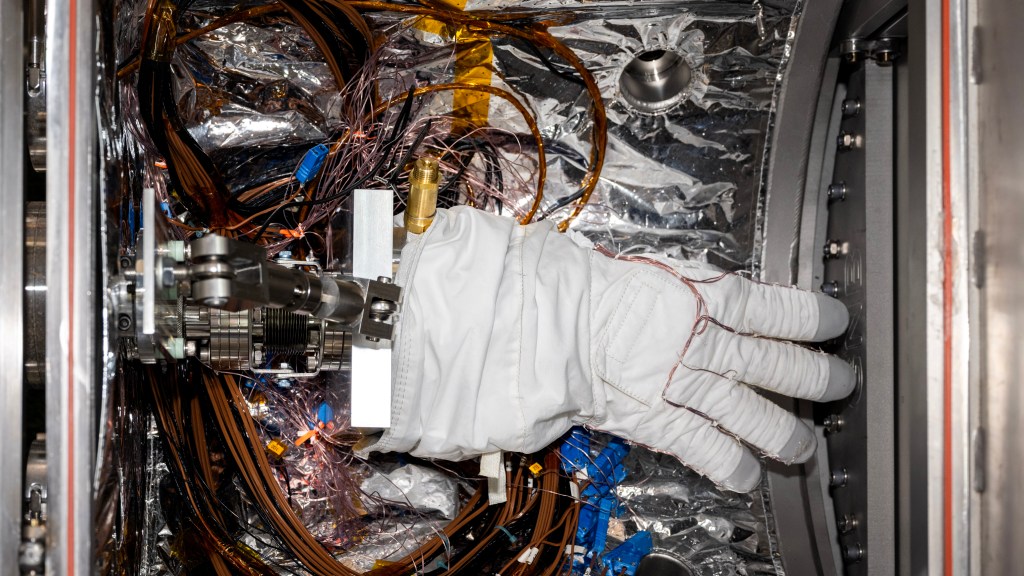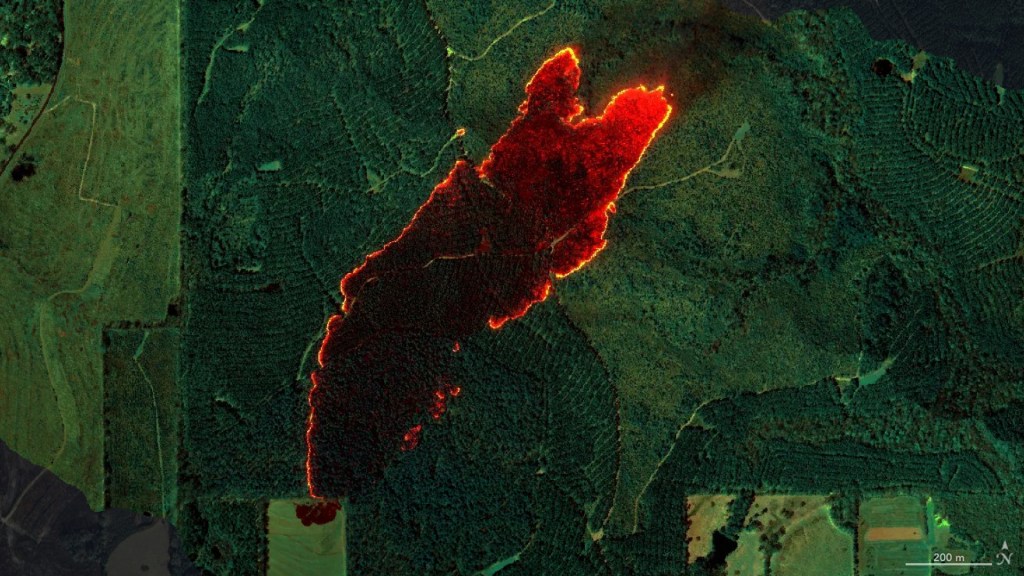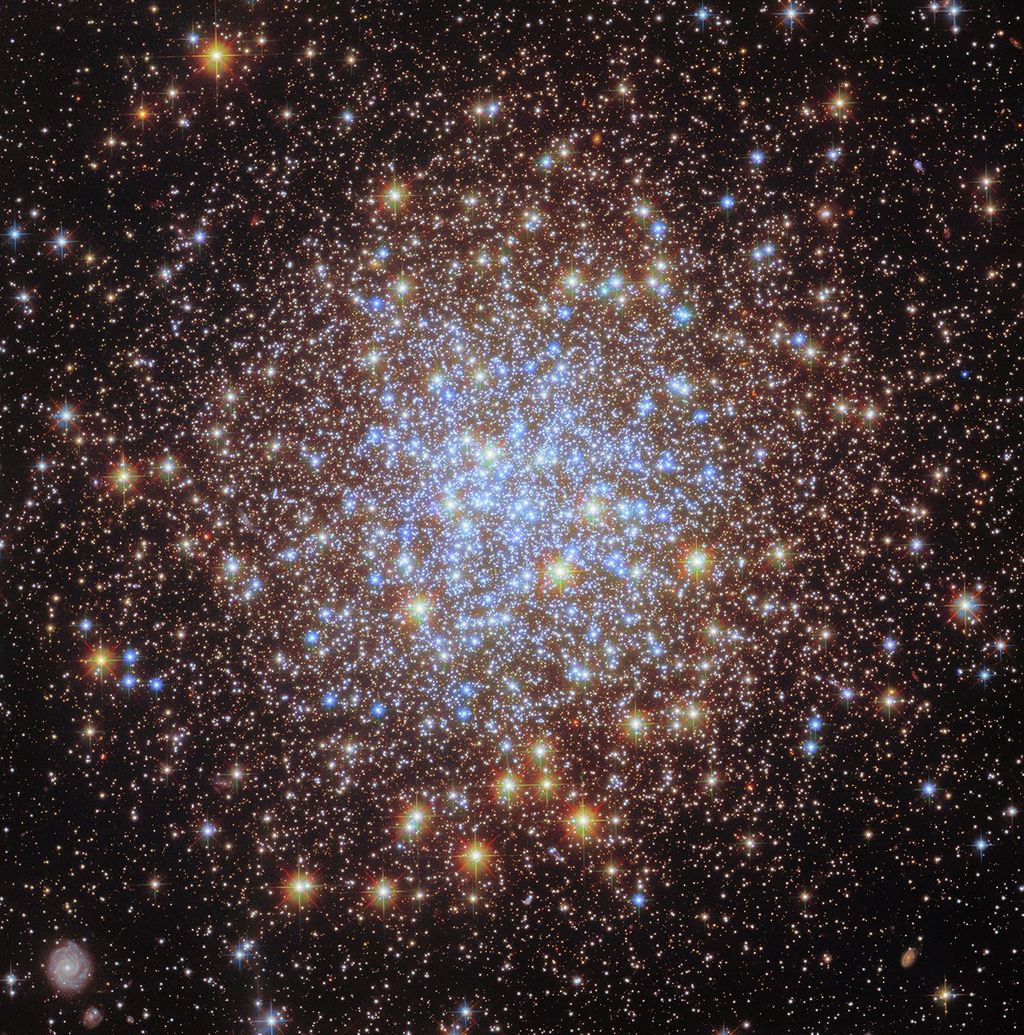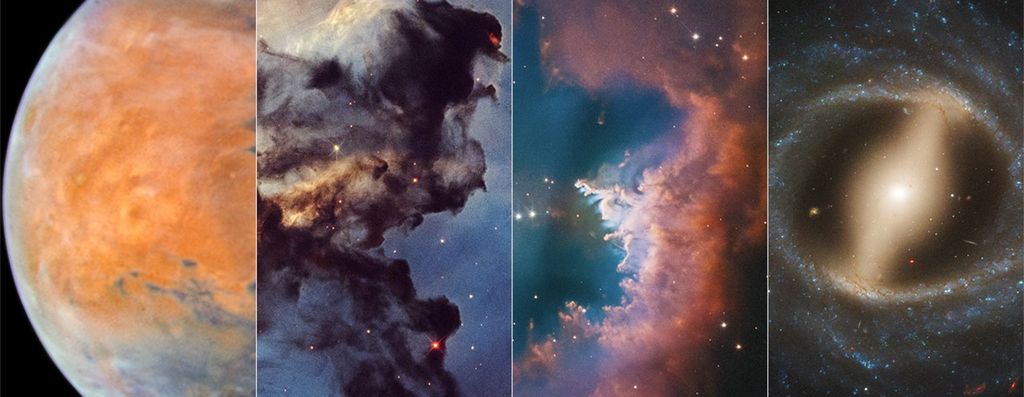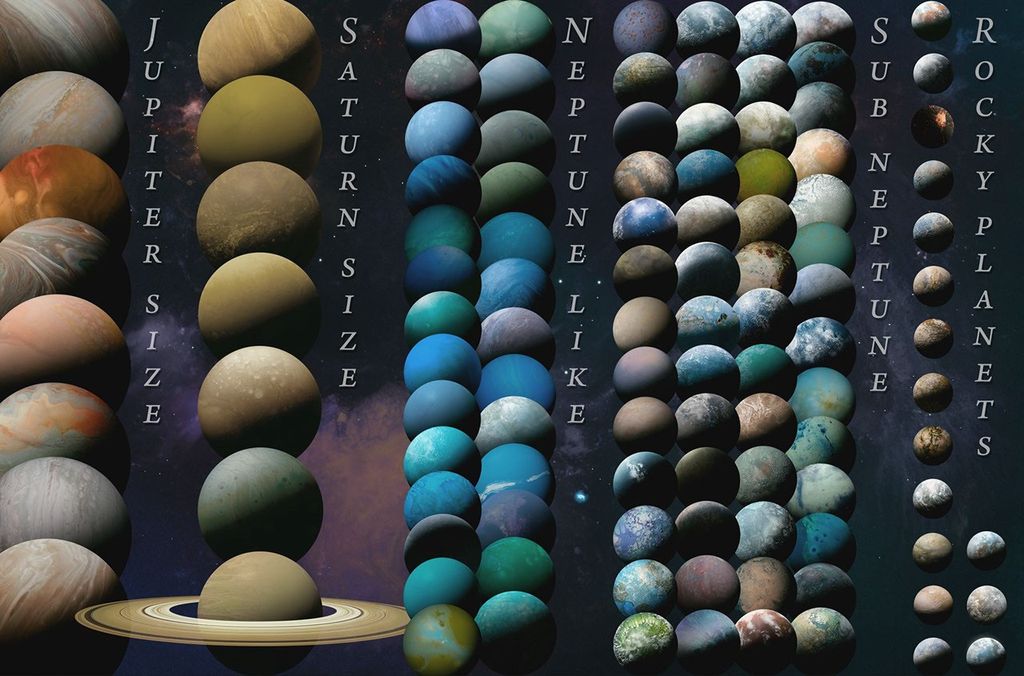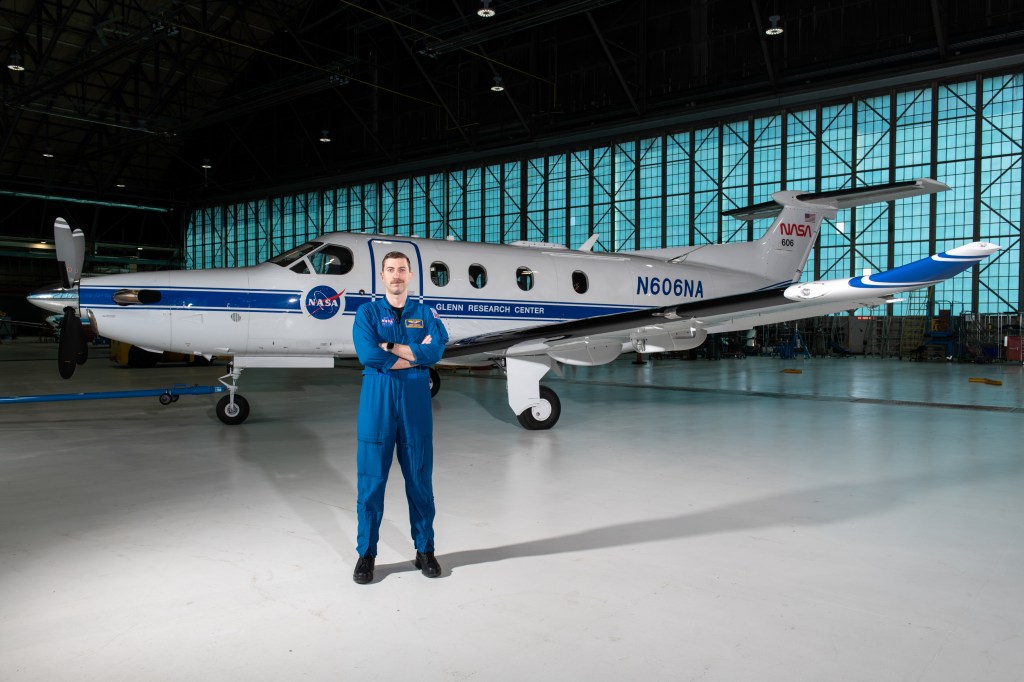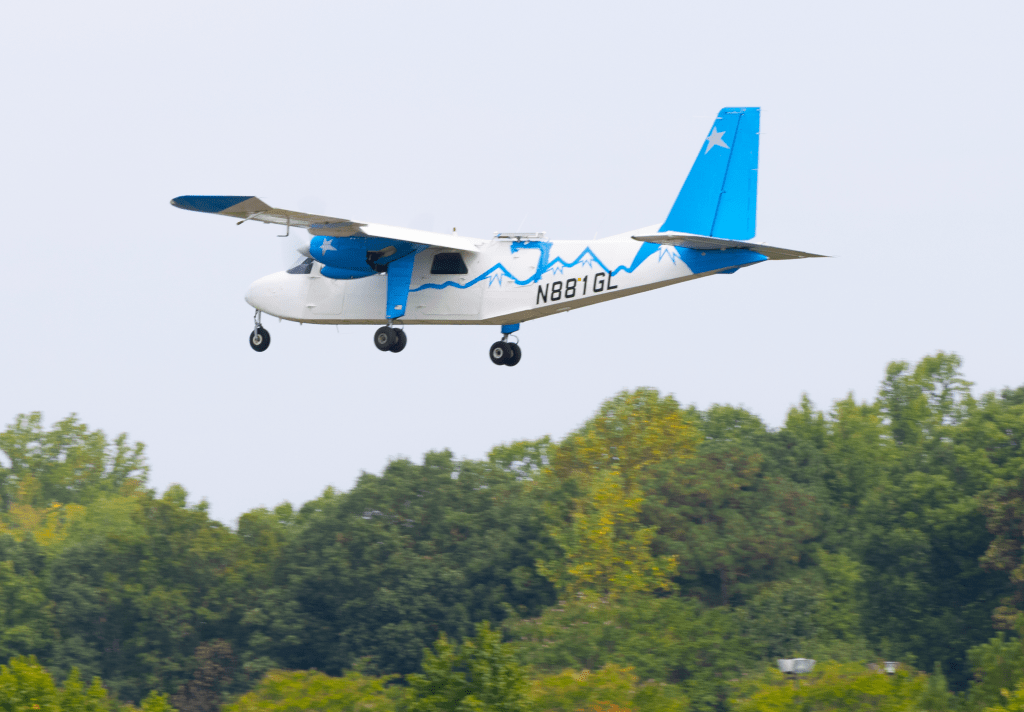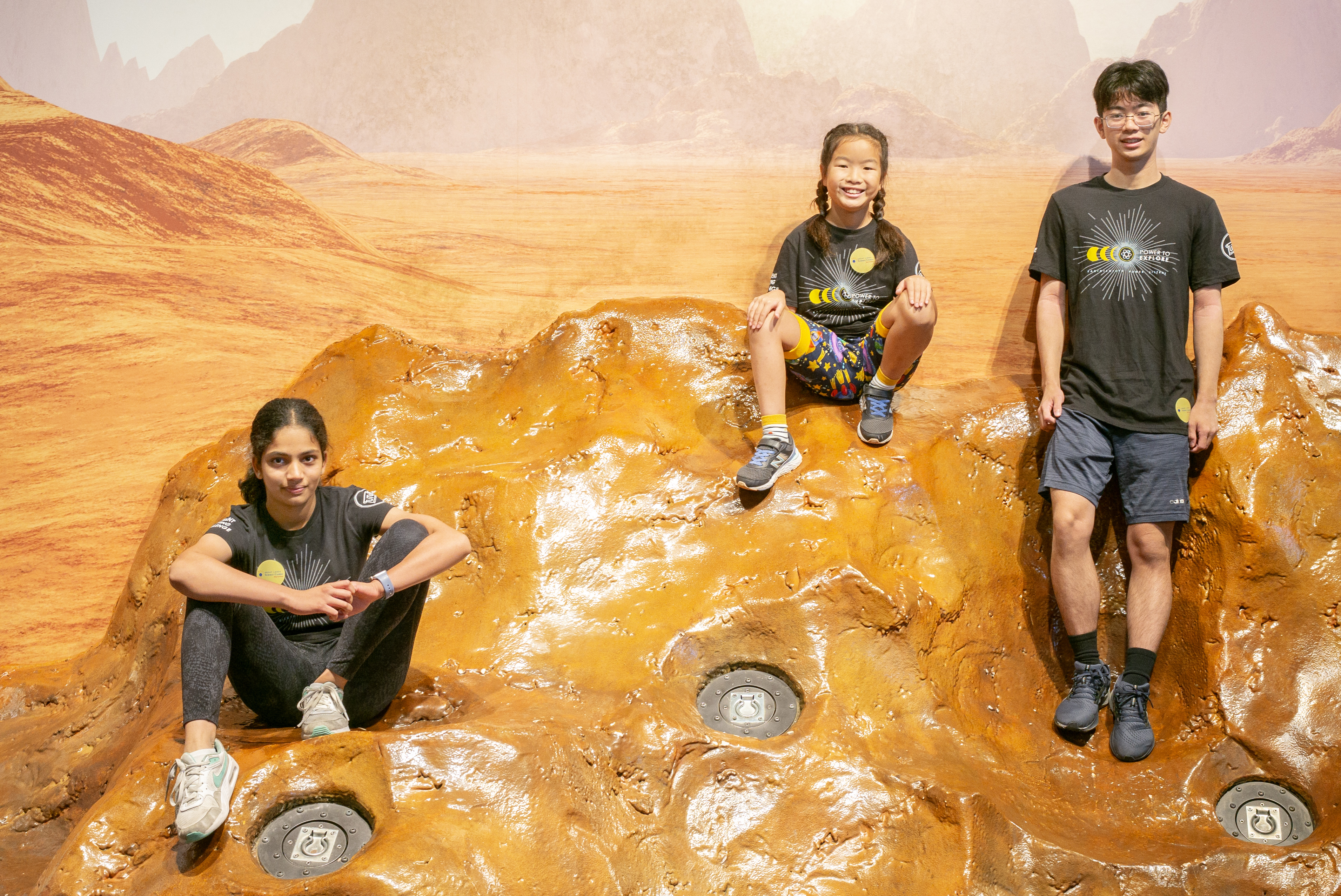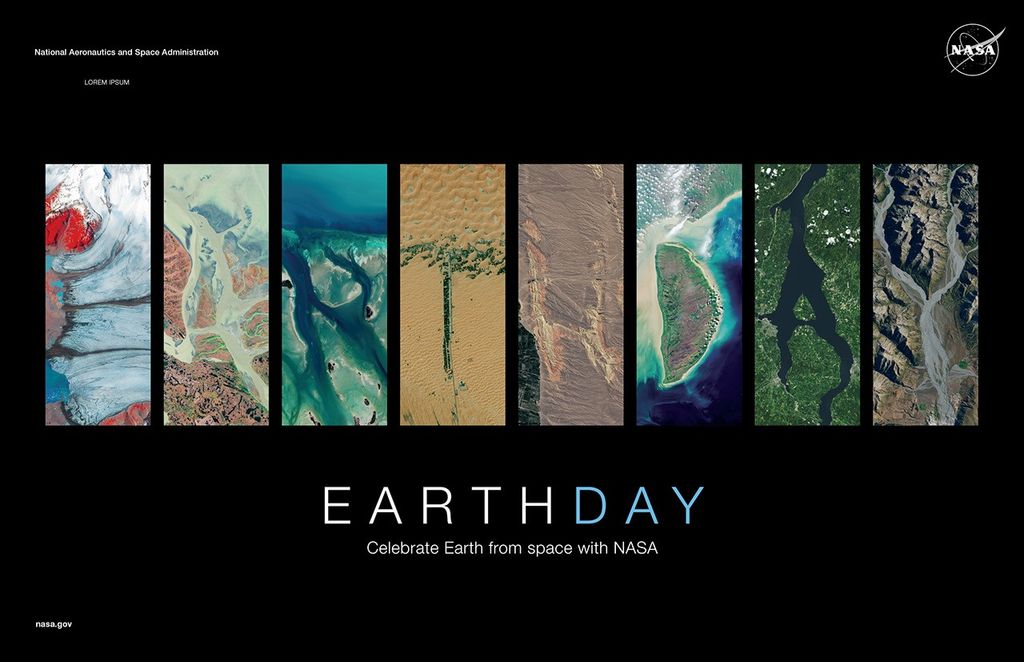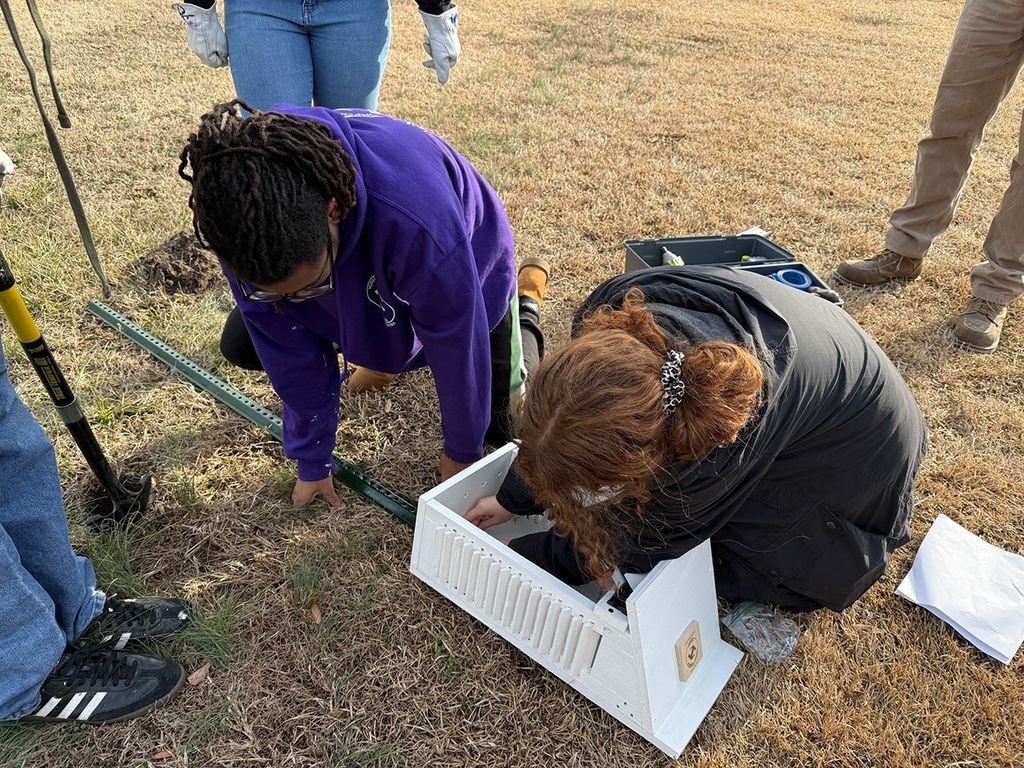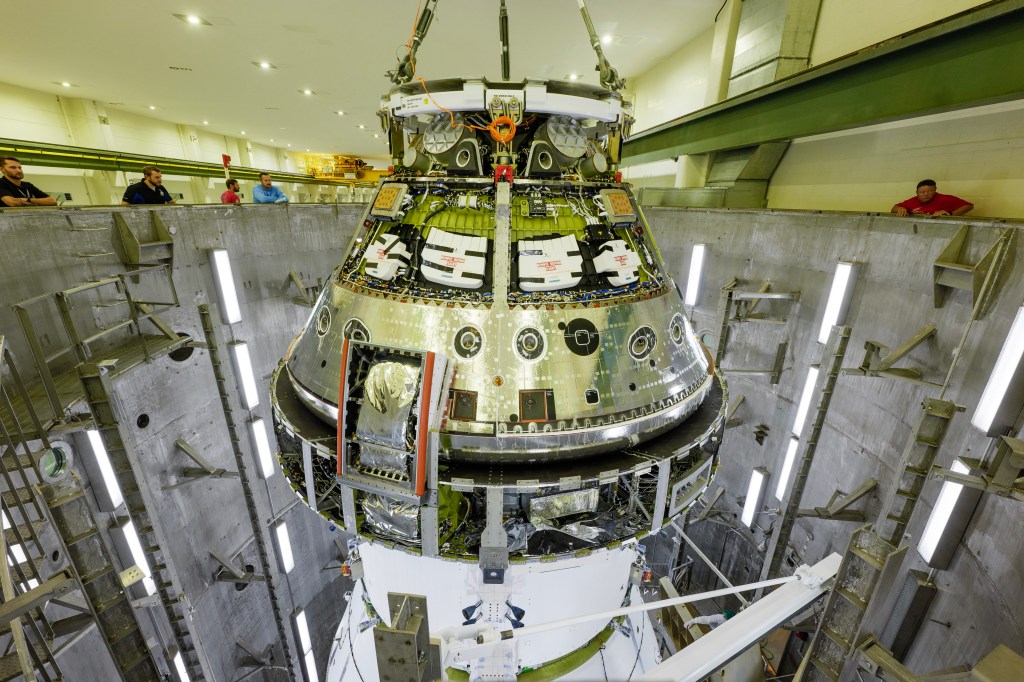1 min read
Galaxy Cluster Abell 370

Smears and streaks of light punctuate this Hubble image of an enormous cluster of galaxies called Abell 370. These weird shapes are the warped appearances of galaxies that are not part of the cluster but lie far beyond it. The immense gravity of the galaxy cluster causes these far-off galaxies to look distorted.
Albert Einstein's general theory of relativity tells us that gravity can change the course of not just physical objects but light as well. As light from a distant galaxy travels toward us, through the Abell 370 galaxy cluster, the cluster's gravitational force bends and magnifies the distant galaxy's light like a lens. This quirk of nature is called gravitational lensing. Abell 370 is one of the first galaxy clusters in which astronomers saw the effects of gravitational lensing.
This view from Hubble, captured with the Advanced Camera for Surveys, uncovers far more detail in the numerous streaks and arcs scattered throughout Abell 370 than telescopes on the ground could provide. For example, Hubble's fine resolution reveals that the source of the large, bright streak in the upper right is a faraway spiral galaxy with a red central bulge, blue spiral arms, and clumps of active star formation.
Johan Richard of Durham University in the United Kingdom and his colleagues studied Hubble's images of Abell 370 and identified ten distant galaxies lensed by the cluster, including six that hadn't been spotted before. How these background galaxies appear to us depends on the amount and location of mass in the cluster. So Richard and his team analyzed Hubble's observations of the lensed galaxies to improve estimates of Abell 370's total mass, including what we can see (galaxies and gas) and what we cannot (mysterious stuff known as dark matter). They found that Abell 370 contains two large, separate clumps of dark matter. This, along with other evidence, suggests that Abell 370 is the product of two smaller galaxy clusters that are merging together.
Constellation: Cetus
Distance: 4.9 billion light-years (1.5 billion parsecs)
Instrument: Advanced Camera for Surveys/WFC
Image Filters: F475W (g), F625W (r), F814W (I)
Share
Details
Claire Andreoli
NASA’s Goddard Space Flight Center
Greenbelt, Maryland
claire.andreoli@nasa.gov


